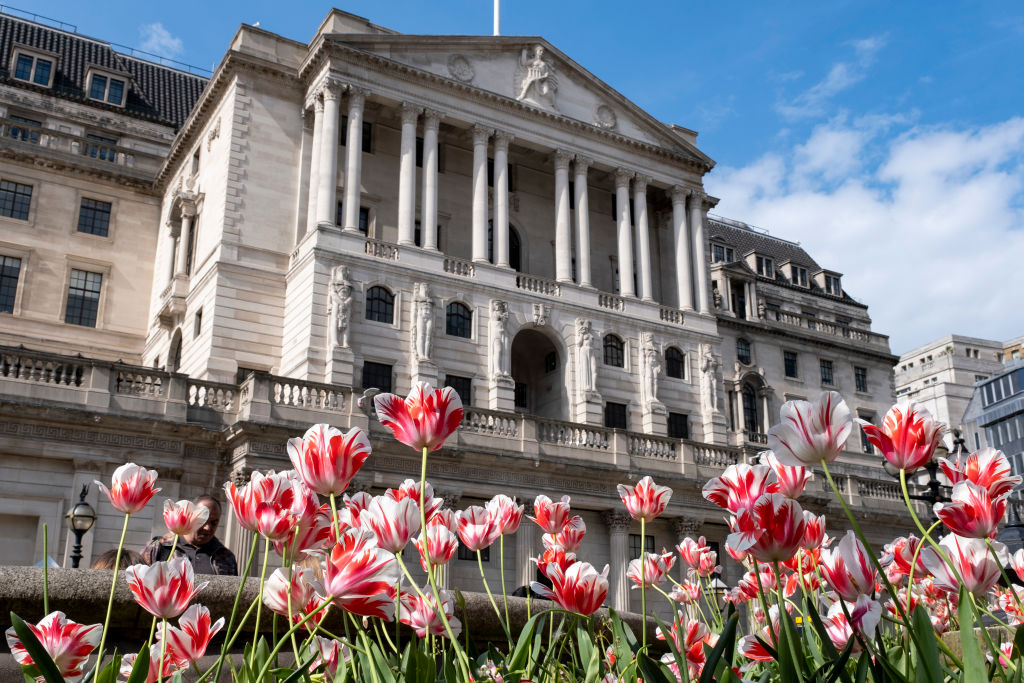Basel III won’t solve banks’ hidden losses
Bank shares have bounced on the news that new regulations will be relaxed. But far from being good news, it shows how far the banks have still to go, says James Ferguson.
Bank stocks across the developed world did very well during the last quarter of 2012. On 7 January they got another boost as news broke that the new international bank liquidity rules will be less onerous than once thought. But this isn't good news for banks it's just another sign of how far from being truly fixed' most banks remain.
The Basel Committee on Banking Supervision (known as Basel III) will make banks hold enough high-quality liquid assets' to see them through 30 consecutive days of net cash outflows, under certain economic stress' conditions. This is known as a bank's liquidity coverage ratio (LCR). The idea is to keep the LCR high enough to buy time in a crisis and avoid a re-run of the panic that followed Lehman Brothers' collapse in 2008.
But the full rules on the LCR will not come into force until 2019. And more surprisingly, the definition of high-quality liquid assets' has been expanded to include low-quality, potentially illiquid securities, such as low-rated corporate bonds, residential mortgage bonds and even shares. Meanwhile, the committee has also made its stress tests far less stressful, which rather defeats the point.
MoneyWeek
Subscribe to MoneyWeek today and get your first six magazine issues absolutely FREE

Sign up to Money Morning
Don't miss the latest investment and personal finances news, market analysis, plus money-saving tips with our free twice-daily newsletter
Don't miss the latest investment and personal finances news, market analysis, plus money-saving tips with our free twice-daily newsletter
But we shouldn't be surprised. Indeed, delaying and watering down new rules is a recurring trend when it comes to post-crisis bank regulation. This is driven mainly by the realisation that most European banks would fail if the tests were stricter, or the rules brought in earlier. That's because liquidity is not the real underlying problem here.
Bank of England governor Mervyn King knows this. He had already advised the Bank for International Settlements (the central bank for central banks) to relax the liquidity requirements. At a time when central banks are offering plenty of cheap emergency funding, it seems pointless to make banks hold extra liquidity.
For one thing, if you do, they might use it as an excuse to avoid any type of risky' lending. This hinders any economic recovery. Another worry is that you could inadvertently trigger another type of liquidity crisis by forcing banks to scrabble for risk-free' collateral to hold.
But the governor's main point is that liquidity is just a recurring symptom. The real problem is that banks don't have enough capital. The Bank of England rightly believes that reported bank capital is overstated, for three main reasons.
First, reported bank capital doesn't include future' credit losses (I prefer the more honest description of hidden losses').
Second, under the current Basel rules, the banks are allowed to optimise' the risk-weightings of their own assets. Naturally, they go easy on themselves. A more honest appraisal would undoubtedly conclude that banks actually carry more risk than they claim to, and so need a higher capital buffer to absorb their likely future losses.
Third, there are unaccounted-for future legal costs, arising from mis-selling, Libor fixing, mortgage securities fraud, and so on. Bank of America, for example, just agreed to pay Fannie Mae $11.6bn to settle mortgage securities claims.
So why have bank shares bounced? Markets understandably find it hard to quantify risks that banks don't bother to include in their accounts. So they love the news that the regulations are being eased. Usually, if you require banks to hold fewer high-quality liquid assets (which have low yields) then it means they can hold more of the lower-quality higher-yielding stuff. In turn, profitability will rise.
Most analysts focus on the profit and loss account, rather than on the balance sheet. So as far as they can see, the only problems now facing banks are regulatory and funding constraints. The Basel announcement relaxes both, which seems like great news.
However, the real threat lies on the banks' balance sheets, in the form of these hidden losses. After your average bank crisis, it takes five to ten years to offset these losses against underlying earnings. That's why economic growth remains so weak for so long the banks won't lend until they've crystallised the losses, and that takes time. King knows this. He also knows that easing liquidity rules only frees banks to lend more (and so boost their profits) if they have enough capital. Right now they don't, so they won't.
So anyone expecting a rampant surge in bank profits because of this change is deluded. There are banks that have genuinely healthier balance sheets where the hidden losses have been crystallised, and the healing process is well underway but these are mainly in America. These are the banks to own if you want exposure to the sector my own particular favourite, which I also own in my own portfolio, is Citigroup (NYSE: C).
But if you own shares in banks in Europe or Britain, don't be fooled by the latest bounce. Other than HSBC, which I'd be happy to hold (though it's too expensive to buy), it's time to take your profits, because these banks will struggle for some time to come.
James is the co-founder of the MacroStrategy Partnership.
Get the latest financial news, insights and expert analysis from our award-winning MoneyWeek team, to help you understand what really matters when it comes to your finances.
James Ferguson qualified with an MA (Hons) in economics from Edinburgh University in 1985. For the last 21 years he has had a high-powered career in institutional stock broking, specialising in equities, working for Nomura, Robert Fleming, SBC Warburg, Dresdner Kleinwort Wasserstein and Mitsubishi Securities.
-
 Rightmove: Asking prices set to rise 2% in 2026 after post-Budget market rebound
Rightmove: Asking prices set to rise 2% in 2026 after post-Budget market reboundBuyers and sellers who held off in anticipation of the Budget will come back to the market and contribute to asking prices increasing next year, according to Rightmove
-
 Coreweave is on borrowed time
Coreweave is on borrowed timeAI infrastructure firm Coreweave is heading for trouble and is absurdly pricey, says Matthew Partridge
-
 Why Scotland's proposed government bonds are a terrible investment
Why Scotland's proposed government bonds are a terrible investmentOpinion Politicians in Scotland pushing for “kilts” think it will strengthen the case for independence and boost financial credibility. It's more likely to backfire
-
 How have central banks evolved in the last century – and are they still fit for purpose?
How have central banks evolved in the last century – and are they still fit for purpose?The rise to power and dominance of the central banks has been a key theme in MoneyWeek in its 25 years. Has their rule been benign?
-
 UK to have highest inflation among advanced economies this year and next, says IMF
UK to have highest inflation among advanced economies this year and next, says IMFThe International Monetary Fund (IMF) says it expects inflation to remain high in the UK, while lowering economic growth forecasts for 2026.
-
 Is Britain heading for a big debt crisis?
Is Britain heading for a big debt crisis?Opinion Things are not yet as bad as some reports have claimed. But they sure aren’t rosy either, says Julian Jessop
-
 'Britain is on the road to nowhere under Labour'
'Britain is on the road to nowhere under Labour'Opinion Britain's economy will shake off its torpor and grow robustly, but not under Keir Starmer's leadership, says Max King
-
 'Governments are launching an assault on the independence of central banks'
'Governments are launching an assault on the independence of central banks'Opinion Say goodbye to the era of central bank orthodoxy and hello to the new era of central bank dependency, says Jeremy McKeown
-
 Why investors can no longer trust traditional statistical indicators
Why investors can no longer trust traditional statistical indicatorsOpinion The statistical indicators and data investors have relied on for decades are no longer fit for purpose. It's time to move on, says Helen Thomas
-
 Live: Bank of England holds UK interest rates at 4.5%
Live: Bank of England holds UK interest rates at 4.5%The Bank of England voted to hold UK interest rates at their current level of 4.5% in March, as widely anticipated, after inflation rose to 3% in January